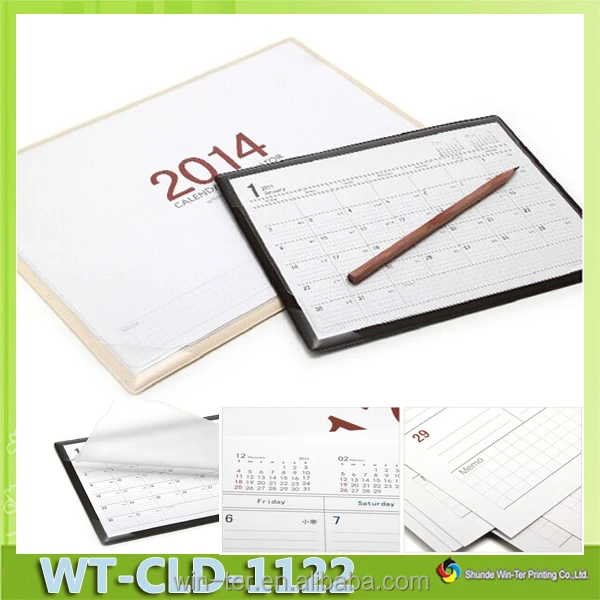
Records in a calendar report are references that allow you to quickly grasp the events or appointments scheduled. Your calendar report will be converted into a list report for easy viewing of records. To convert report, you need to click the More options icon at the top-right corner of your report and select Show as List. This is a temporary arrangement, and you can revert back to calendar report when required. Another solution is to convert your calendar report to list report so that you can view all the records in the report.To view records beyond the stipulated limit, you can create relevant filters. In calendar report, you will be able to see only 5000 records at a time for a month.The records are charted based on the scheduled dates. The view switches from the previous view, displaying a monthly calendar with records that fall in that month. Month view: To access the month view of a calendar report, you need to click the Month button at the top-right corner. If date-time field type is involved, the records also include the duration of the events on each day through that week. The records are displayed based on the scheduled dates. The view switches from the previous view, displaying a weekly calendar with records that fall in that week. Week view: To access the week view of a calendar report, you need to click the Week button at the top-right corner. If the records have a date-time field that traces the duration of the scheduled event, those timeframes are highlighted in the report. The view shifts from the previous view, displaying an hourly calendar with records that fall on that day. Views in a calendar reportĭay View: To access the day view of a calendar report, you need to click the Day button at the top-right corner.

You will land on the specific day's record in whichever view you are. If you want to view the records of that day, you can click the Today button. If you enable users to book appointments for a month, you can switch the views between day, week, and month to check the appointments for that particular day, the week, or the entire month, respectively. You can view these appointments in a calendar report. Let's assume that you have an application that allows out-patients to book appointments for consultation at your clinic. It is suitable for tracking or viewing appointments or for keeping tabs of the scheduled events. This type of report is achieved using the date and date-time field types.

Calendar report displays date-driven events in a typical calendar with dynamic views that enable you to see the records as daily, weekly, or monthly events and schedules.


 0 kommentar(er)
0 kommentar(er)
